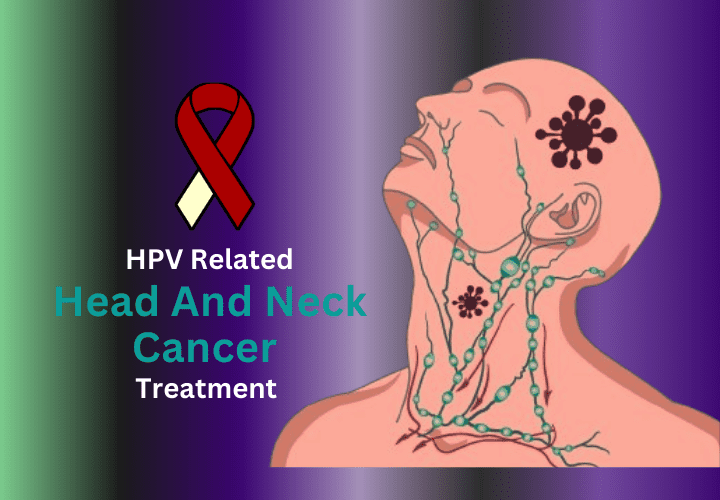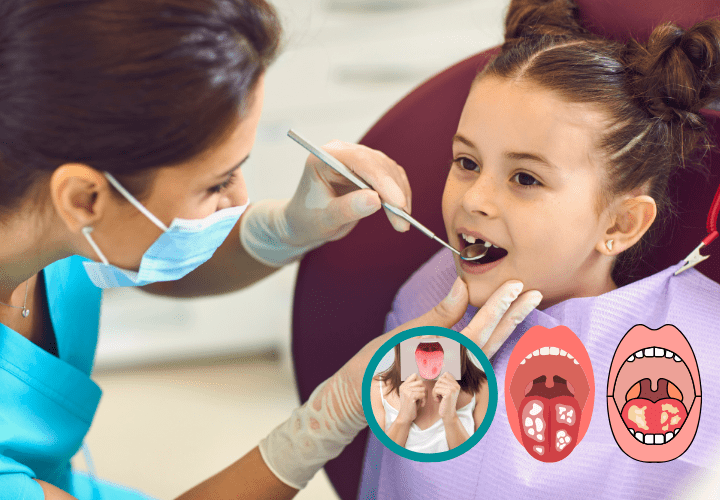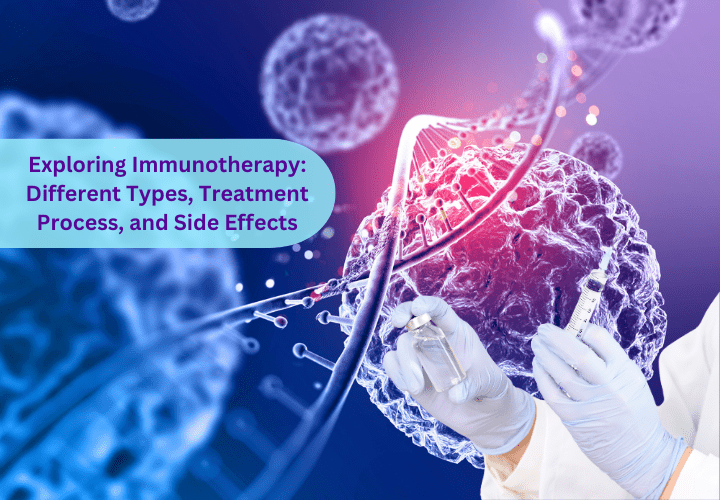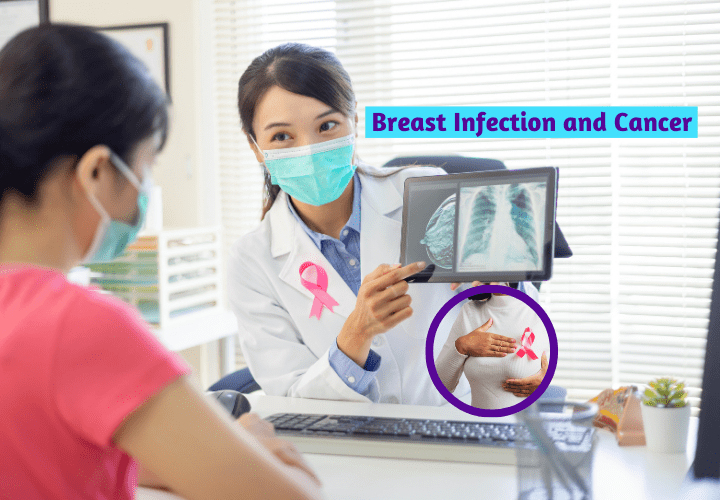HPV related head and neck cancer treatment

HPV related head and neck cancer treatment
- onco
- June 26, 2024
For several decades, the Human Papillomavirus (HPV) has been a significant health risk, mostly linked to cervical cancer. However, the emphasis on medical research and public health campaigns has changed recently due to a concerning increase in head and neck cancers related to HPV. These malignancies are becoming more common, and those of the oropharynx, particularly, are causing worry because of the unique difficulties in treating and preventing them. The three main head and neck cancer treatments are chemotherapy, radiation therapy, and surgery. Although there has been notable progress in the management of head and neck cancers caused by HPV, the maxim ‘prevention is better than cure’ remains especially applicable.
This thorough guide will look at the state of treatment choices today, the progress made in terms of bettering patient outcomes, and the reasons why prevention is still the best course of action.
Increasing Rate of Head and Neck Cancers Associated with HPV:
There is ample evidence linking HPV to head and neck cancers, especially oropharyngeal cancers (which include malignancies of the tonsils and base of the tongue). The Centers for Disease Control and Prevention (CDC) estimate that HPV is responsible for over 70% of oropharyngeal malignancies in the US.
Read More Blog: What You Need To Know About Head And Neck Cancers
Head and neck cancers associated with HPV typically affect younger people, usually men in their 40s and 50s, who may not have the conventional risk factors such as frequent drinking and smoking. This change in the population highlights the importance of broad HPV vaccination and education and has important implications for public health efforts.
Improvements in Medical Care:
- Surgical Innovations: Surgery is still the mainstay of care for malignancies of the head and neck. Conventional methods frequently require lengthy operations that could seriously negatively affect a patient’s quality of life, including their capacity to swallow and communicate. Nonetheless, the profession has revolutionized thanks to recent developments in minimally invasive surgical procedures like Transoral Robotic Surgery (TORS). By using TORS, doctors can remove tumours through the oral cavity, minimizing recuperation time and avoiding extensive incisions.
- Radiation Therapy: Radiation therapy has significantly improved with proton therapy and intensity-modulated radiation treatment (IMRT). With IMRT, tumours can be precisely targeted while causing the least harm to nearby healthy tissue. Proton therapy, on the other hand, targets even more precisely and may cause fewer adverse effects because it uses protons instead of X-rays.
- Chemotherapy and Targeted Therapy: Chemotherapy is still an essential part of the treatment for advanced head and neck cancers, and it is frequently combined with radiation. However, the development of tailored treatments has made new therapy options possible. Treatments for malignancies linked to HPV, such as cetuximab, which targets the Epidermal Growth Factor Receptor (EGFR), have shown promise.
- Immunotherapy: The introduction of immunotherapy is one of the most promising advancements in the fight against cancer. These medical procedures stimulate the immune system to identify and combat cancerous cells. Two immune checkpoint inhibitors that have demonstrated efficacy in treating recurrent or metastatic head and neck malignancies are pembrolizumab and nivolumab. Immunotherapy provides fresh options for patients who have not responded to conventional treatments and raises survival chances.
Importance of Prevention:
The best course of action is still prevention, even though medical advances are definitely improving the prognosis for people with head and neck malignancies linked to HPV. The incidence of these malignancies can be considerably decreased by avoiding HPV infection in the first place. Effective prevention requires a number of essential elements.
- HPV vaccination: The most effective method of preventing malignancies linked to HPV is the HPV vaccine. Vaccines like Cervarix and Gardasil guard against the most prevalent HPV types that cause cancer. These vaccinations, which were first intended to protect women against cervical cancer, have also been shown to be successful in preventing malignancies of the head and neck that are linked to HPV. Although vaccinations can be administered as early as age nine and as late as age 26, the CDC advises starting at age 11 or 12 for both boys and girls.
- Public Education and Awareness: It’s critical to raise awareness of the connection between HPV and head and neck cancers. Many people still need to be made aware of this link and the value of vaccinations. Campaigns for public health that inform people about the dangers of HPV, the advantages of immunization, and safe ways to lessen transmission can be very effective in preventing the disease. Healthcare professionals should also receive education to ensure they correctly inform and recommend vaccinations to their patients.
- Regular Screening and Early Diagnosis: Regular dental check-ups and physical exams can help in early diagnosis, even though there are no standardized screening tests for HPV-related head and neck malignancies, unlike there are for cervical cancer. When evaluating patients for symptoms like a recurring sore throat, hoarseness, or lumps in the neck, healthcare professionals need to be on the lookout. Less aggressive treatment alternatives are possible, and the prognosis is much improved by early identification.
- Behavioral Shifts: Another essential element of prevention is encouraging safe sexual behaviour. Since sexual contact is the primary way that HPV is spread, the risk of infection can be decreased by cutting back on the number of sexual partners and by utilizing barrier techniques like condoms. Furthermore, teaching people about the dangers of oral HPV transmission can contribute to a decrease in the prevalence of head and neck malignancies.
Obstacles in Prevention and Treatment:
Notwithstanding the progress made in medical science and the efficacy of prophylactic actions, several obstacles persist, as will be examined subsequently:
- Vaccine hesitation: One of the biggest obstacles still standing is vaccine hesitation, which is fostered by false information and misconceptions regarding the necessity and safety of the HPV vaccine. Improving vaccination rates requires addressing these issues through evidence-based communication and including dependable healthcare providers in the discussion.
- Access to Care: In environments with limited resources, it may be challenging to obtain both treatment and preventive measures. Reducing gaps in outcomes requires ensuring equitable access to screening programs, innovative treatment options, and the HPV vaccine. Public health measures must tackle these disparities to guarantee that every community reaps the rewards of progress in HPV-associated cancer treatment.
- Stigma and Awareness: Efforts to prevent can also be hampered by the stigma attached to STDs and HPV. Reducing stigma and encouraging more people to seek vaccinations and routine check-ups can be achieved through comprehensive sex education that normalizes conversations about HPV and its prevention.
- Ongoing Research: Even if existing therapies are improving, additional research is still required to provide even more potent medications with fewer side effects. This includes investigating novel possibilities for immunotherapy, optimizing surgical methods, and creating more precisely targeted treatments.
In closure, prevention is still the recommended course of action, even though head and neck malignancies linked to HPV are becoming easier to treat. We have a great opportunity to significantly lessen the effect of these malignancies by implementing extensive immunization programs, public information campaigns, early detection initiatives, and behavioural modifications. It is hoped that as medical science and public health continue to progress, there will be a notable decrease in head and neck cancers linked to HPV in coming generations, proving the proverb that prevention is always preferable to treatment. Consult Oncoplus if you are afflicted with cancer and require the finest care from the best cancer doctor in Delhi. Oncoplus, a network of specialized cancer treatment clinics, offers top-notch cancer care with cutting-edge technology. Here, we are aware of the pains endured by cancer patients, which is why our compassionate staff and committed team work hard every day to ensure that our patients have a positive experience.





Leave a Reply